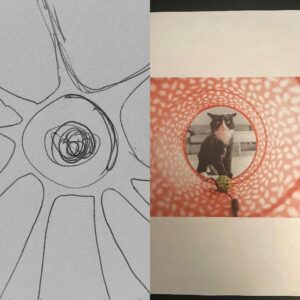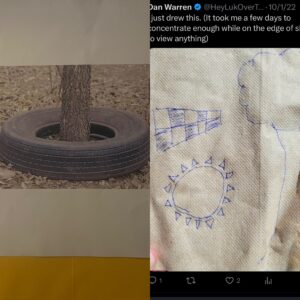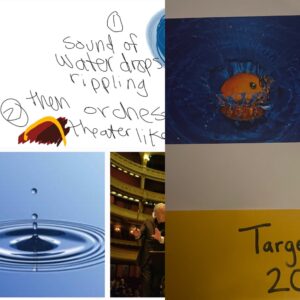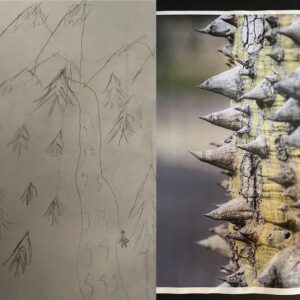Remote Viewing Through Twitter and AI
Overview
The advent of digital platforms has significantly altered the landscape of psychic research, providing innovative methods to explore phenomena like remote viewing (RV). Our project leverages Twitter, one of the most dynamic and real-time social media platforms, to conduct weekly remote viewing sessions. Coupled with an Artificial Intelligence (AI)-based platform for submission testing and evaluation, this initiative seeks to delve deeper into the capabilities of human cognition and perception beyond the physical senses. This unique approach not only democratizes participation in remote viewing exercises but also introduces a novel methodology for objective evaluation and discussion on the subject.
Remote Viewing Sessions on Twitter
Each week, on Thursday, the project hosts live remote viewing sessions on Twitter. These sessions are not just exercises but a communal event that draws enthusiasts from various backgrounds—ranging from novices to seasoned practitioners. The session begins with the presentation of a target: a photo chosen randomly by a third party from a set of four, sourced through an online image generator. This target, securely enveloped and marked only by a unique identifier, serves as the focus for participants’ remote viewing efforts.
The essence of conducting these sessions live on Twitter lies in its immediacy and accessibility. Participants, regardless of their geographical locations or time zones, can join in, making it a global experiment. The live format also allows for real-time interaction, enabling participants to ask questions, share insights, and discuss methodologies openly, fostering a vibrant community of remote viewing practitioners.
AI-based Platform for Submission Testing and Judgement
One of the most groundbreaking aspects of the project is the development of an AI-driven platform designed to objectively evaluate the submissions from each session. This platform addresses one of the key challenges in remote viewing research: the subjective nature of evaluating participants’ descriptions or drawings against the target images. By training the AI with a vast database of images and corresponding metadata, the system learns to recognize patterns and correlations, thereby providing a consistent and bias-free evaluation of the submissions.
The AI platform not only serves as a tool for assessment but also as a mechanism for feedback. Participants can receive insights into their remote viewing accuracy, offering a unique opportunity for self-improvement and technique refinement. This feedback loop is integral to the project’s aim to not just explore remote viewing capabilities but to enhance them.
Open Discussions on Remote Viewing Techniques
Following each session, the project facilitates open discussions on various remote viewing techniques and methodologies. This segment is crucial for several reasons. Firstly, it allows participants to learn from each other, sharing tips, experiences, and strategies that have been effective. Secondly, it provides a forum for collective reflection on the session’s outcomes, encouraging a deeper understanding of the factors that might influence remote viewing success. Lastly, these discussions contribute to the broader discourse on remote viewing, challenging assumptions and pushing the boundaries of what is known and understood about this fascinating field.







